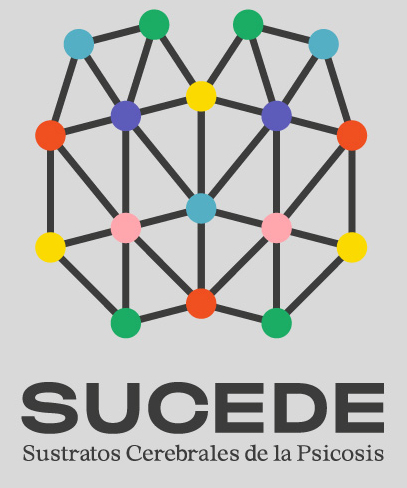One of our main research lines is the alterations of the Self experience in schizophrenia. Today, our colleague Isabel Santos, a psychiatry resident at the Hospital Clínico Universitario de Valladolid, has reviewed the following article on this topic: “Self-disorders and the Schizophrenia Spectrum: A Study of 100 First Hospital Admissions” by Julie Nordgaard and Josef Parnas, and published in Schizophrenia Bulletin in 2014. This is her summary and conclusions:
The notion of a Self disorder in schizophrenia has been considered as a central phenotypical feature from the classic texts on this illness. This study included the first 100 patient admissions to Hvidovre Psychiatric Centre (Copenhagen), regardless of their diagnosis. As an analytical strategy, they compared three groups: 1) Schizophrenia and other non-affective psychoses (together called “non-affective psychoses”), 2) Schizotypal disorder, and 3) any other diagnoses combined. Authors found that alterations of the self (EASE scale) were found to be in greater proportion within the schizophrenia spectrum (schizophrenia, other non-affective psychoses and schizotypal disorders) compared to patients outside this group. Schizophrenia/non-affective psychosis and schizotypal disorder did not differ from each other in levels of impairment of the self. Self impairment was positively correlated with all the symptom scales used, with the highest correlations being with negative symptoms and thought disorder, followed by the scale of perceptual disorders. It has also been shown that the early onset of the illness was correlated with higher EASE scores. This may suggest that the Self disorder is an insidious component of the psychopathology of the schizophrenia spectrum, perhaps related to the nature of the neurobiological development of these disorders. The presence of this association is also quite consistent with clinical experience, suggesting that the Self disorder often emerges as early as childhood or early adolescence. Thus, alterations of the Self could be considered a specific vulnerability phenotype for schizophrenia spectrum disorders. Authors conclude that in no case should they be considered a sequel to psychosis, but rather a generative part of psychopathology.
Preliminary studies in small samples suggest that Self disorder predicts schizophrenia in ultra-high-risk populations, as well as new cases on the schizophrenia spectrum at 5 years follow-up of patients with initial diagnoses other than the schizophrenia spectrum.



